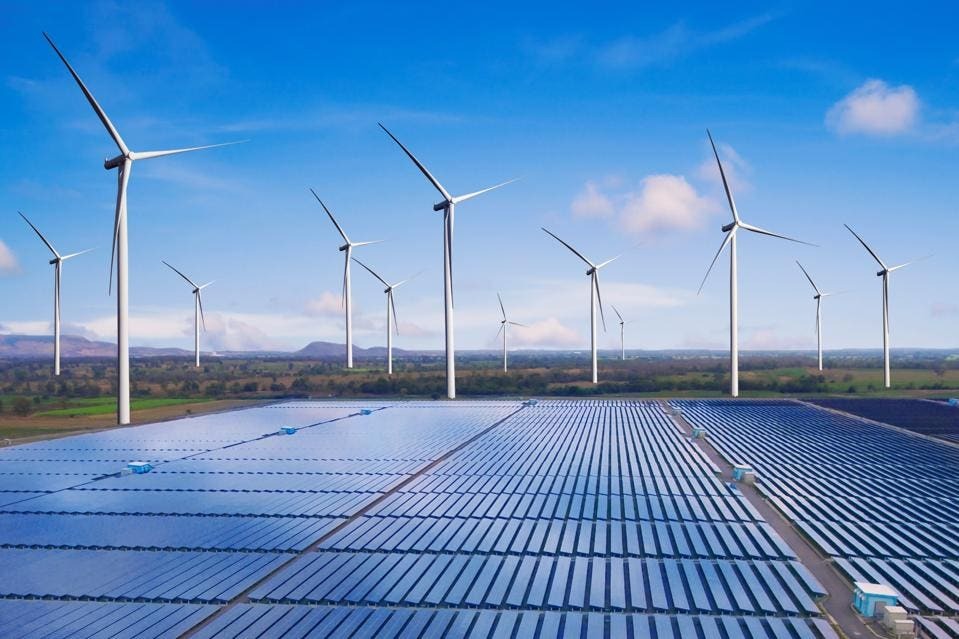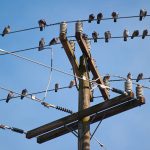As the world shifts towards renewable energy, two leading contenders are solar and wind power. Both offer clean and sustainable electricity, but which one holds the key to our energy future? Let’s compare their strengths, weaknesses, and potential! ⚡🌍
1. Energy Production: Who Generates More Power? ⚡📊
✅ Solar Power ☀️: Converts sunlight into electricity using photovoltaic (PV) panels. Best in sunny climates but generates less power at night or on cloudy days.
✅ Wind Power 💨: Uses turbines to harness kinetic energy from the wind. More consistent in windy regions, but depends on wind availability and can be intermittent.
🔹 Verdict: Wind turbines generally produce more energy per unit than solar panels, but solar works better in more locations.
2. Cost & Affordability: Which is Cheaper? 💰
✅ Solar Costs: Solar panel prices have dropped by over 80% in the last decade, making it one of the most affordable energy sources. Installation and battery storage still add costs.
✅ Wind Costs: Wind power is cheaper per megawatt-hour (MWh) in many areas, especially offshore wind farms. However, turbine maintenance and land use can be expensive.
🔹 Verdict: Solar is cheaper for small-scale residential use, while wind is often cheaper for large-scale power generation.
3. Land & Space Requirements 📍🌱
✅ Solar Panels: Can be installed on rooftops, buildings, and open fields, requiring significant space for large solar farms.
✅ Wind Turbines: Need large areas of open land or offshore locations, but allow farming and grazing underneath.
🔹 Verdict: Solar is more flexible, while wind requires open, windy areas but has a smaller physical footprint.
4. Environmental Impact: Which is Greener? 🌿🌎
✅ Solar: Manufacturing panels involves some pollution, but they produce zero emissions once installed. Recycling old panels is a challenge.
✅ Wind: Also emission-free, but turbines can affect bird and bat populations. Offshore wind farms may disrupt marine life.
🔹 Verdict: Both are green, but solar has a lower impact on wildlife, while wind requires careful planning to protect ecosystems.
5. Reliability & Storage: Who Wins the Consistency Battle? 🔄🔋
✅ Solar: Works only during the day, requiring battery storage or grid backup for nighttime use.
✅ Wind: Can generate power day and night, but depends on wind conditions. Less predictable than solar in some areas.
🔹 Verdict: Wind is more reliable in some locations, but solar + battery storage is becoming a strong competitor.
6. Scalability: Which Can Power the Future? 🚀
✅ Solar: Easier to scale for homes, businesses, and large solar farms. Future advances in solar efficiency and storage make it a strong long-term option.
✅ Wind: Best for large-scale power grids, with offshore wind farms offering massive energy potential.
🔹 Verdict: Solar is better for individual and small-scale use, while wind dominates large energy production.
Final Verdict: Solar or Wind? 🏆
There is no single winner—both will play a key role in the future of energy.
✅ Solar Power is more accessible, works almost anywhere, and is ideal for homes, cities, and businesses.
✅ Wind Power is more efficient per unit, best for large-scale electricity generation, and works well in coastal and windy regions.
The Future? A Combination of Both! 🌍⚡
The best solution will be a mix of solar, wind, and energy storage to create a stable, clean, and reliable power system for the world! 🌱🔋


